Main research lines
Conservation of migratory birds at different spatio-temporal scales
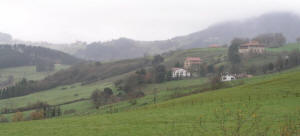
Abundance and distribution of migratory birds are affected by various processes operating at different spatial and temporal scales. Here we try to depict the way these processes affect migratory birds, to delineate management guidelines for their conservation.
Participants: José Luis Tellería, Javier Pérez-Tris, Tomás Santos, Álvaro Ramírez.
Effects of habitat fragmentation on the biology of terrestrial vertebrates
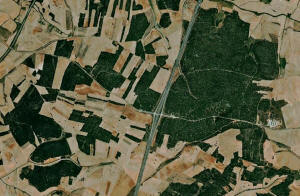
We are interested in basic and applied aspects of habitat fragmentation, which we study in forest ecosystems of central and northern Spain. Our primary goal is identifying the responses of diverse vertebrate models to habitat loss and fragmentation, as well as interpreting the causes of such responses. Because habitat fragmentation is a major cause of the biodiversity loss, we also have analysed geographic variation in the effects of habitat fragmentation, trying to delineate applied conclusions applicable for the conservation of vertebrate fauna in fragmented landscapes.
Participants: Tomás Santos, José Luis Tellería, José A. Díaz, Javier Pérez-Tris.
Evolution of bird migration
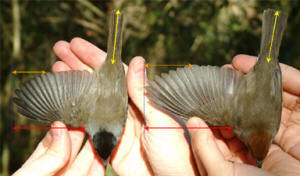
The evolution of diverse migration strategies involves morphological, physiological and behavioural adaptations. We investigate the ecological and evolutionary consequences of variation in migratory behaviour, integrating field ecology and phylogeography.
Participants: Javier Pérez-Tris, José Luis Tellería, Álvaro Ramírez.
Host-parasite evolutionary relationships and disease threats to biodiversity
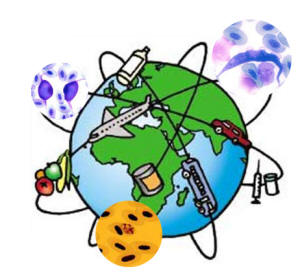
We use molecular identification of parasites to analyse the conservation implications of cryptic diversity of malaria parasites, with special focus on parasites introduced in remote areas and migratory birds as possible carriers of diseases between geographic areas.
Participants: Javier Pérez-Tris, Álvaro Ramírez.
Evolution of life-history characteristics of lacertid lizards
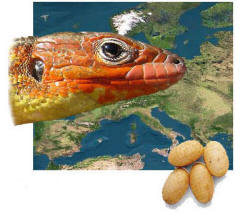
We combine laboratory (captive breeding, paternity assignment based on DNA genotyping) and field studies (reciprocal transplant, individual monitoring) to document the variation of relevant life-history traits (reproductive investment, growth rates, survivorship…) in lacertid populations distributed along environmental gradients, trying to assess whether such variation reflects phenotypic plasticity or genetic (presumably adaptive) differentiation.
Participants: José A. Díaz.

